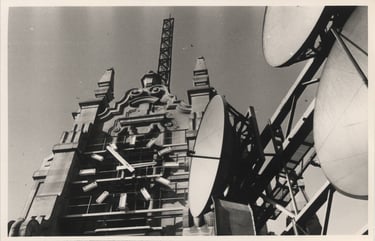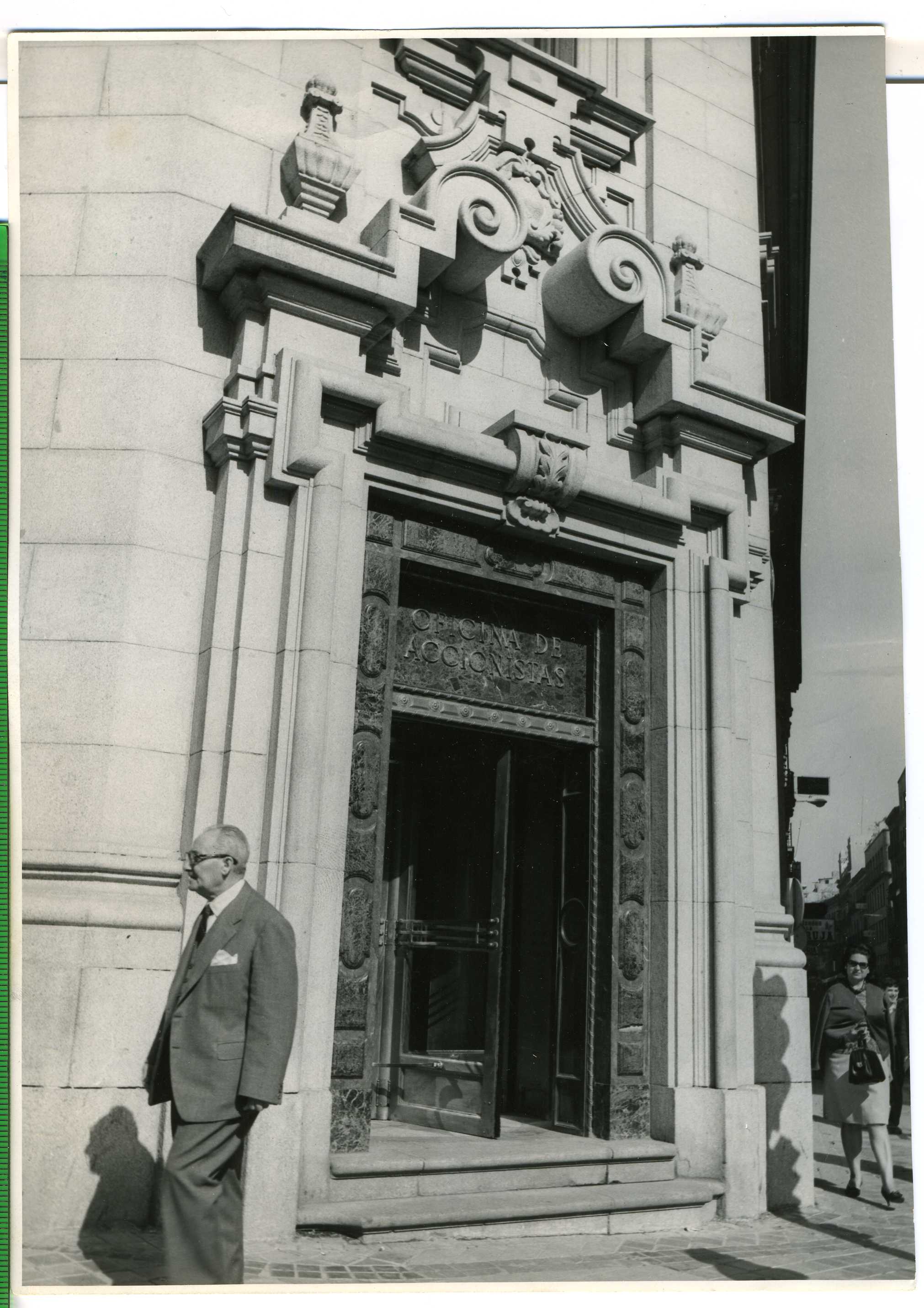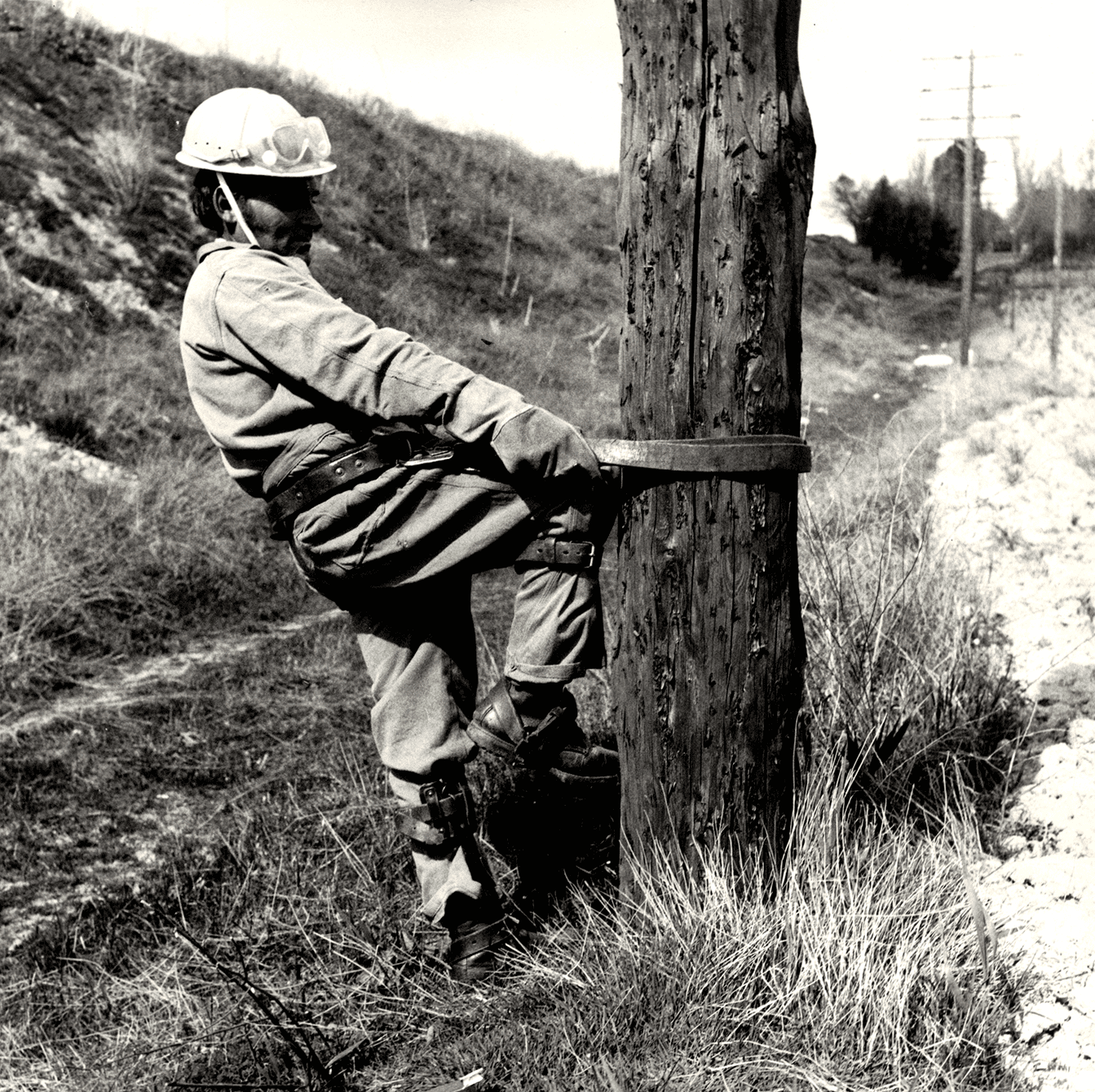
1979

Our first approach to Latin America was in the form of advisory agreements on data transmission, something in which Telefónica was an expert. This is how we first approached Chile, Mexico and Argentina, markets that would later become part of our international footprint.
Setting foot on Latin American soil for the first time
01
Telefónica's great Latin American adventure was still a decade and a half away, but in 1979 the company made an approach to its sister continent. This is the year in which the advisory and consultation agreement was signed with the Argentinean National Telecommunications Company (Entel) to install a public data transmission network, a technology in which Telefónica was at the forefront. In fact, it also sold this technology to Chile and Mexico. It was a first step that allowed, for the first time, some Spanish technicians to travel to Latin America and learn about its reality first hand.

The sector organises itself and prepares for the future
02
Another of the singularities of 79 is the creation of the so-called Junta Nacional de Telecomunicaciones, a body under the Ministry of Transport and Communications that was created to coordinate the public and private entities with responsibility in the industry. Telefónica welcomes this initiative with optimism, convinced that it will serve to organise a sector that will be key to economic growth in the coming decades. Telefónica then undertakes to present the government with a four-year plan to reflect the needs for telephone extension in a country where demand was growing steadily, and the investment and funding that would be involved in such a roll-out. The big figures talked about more than 4.5 million new telephones and an associated investment of almost 600 million pesetas (3.6 million euros).

10 million telephones
03
1978 was the year in which the milestone of 100 million active telephones (not lines, but connected terminals) was passed. Almost 300 new towns, villages, towns, cities and municipalities were connected to the Telefónica network in that year, and there were already 14,300 towns, villages, cities and municipalities connected to the Telefónica network. The province of Cáceres is included in the automation plan. It was also the year of the incorporation of more reliable and efficient semi-electronic exchanges.

Do you have doubts about what happened?
Ask Aura